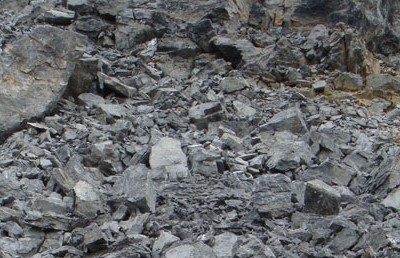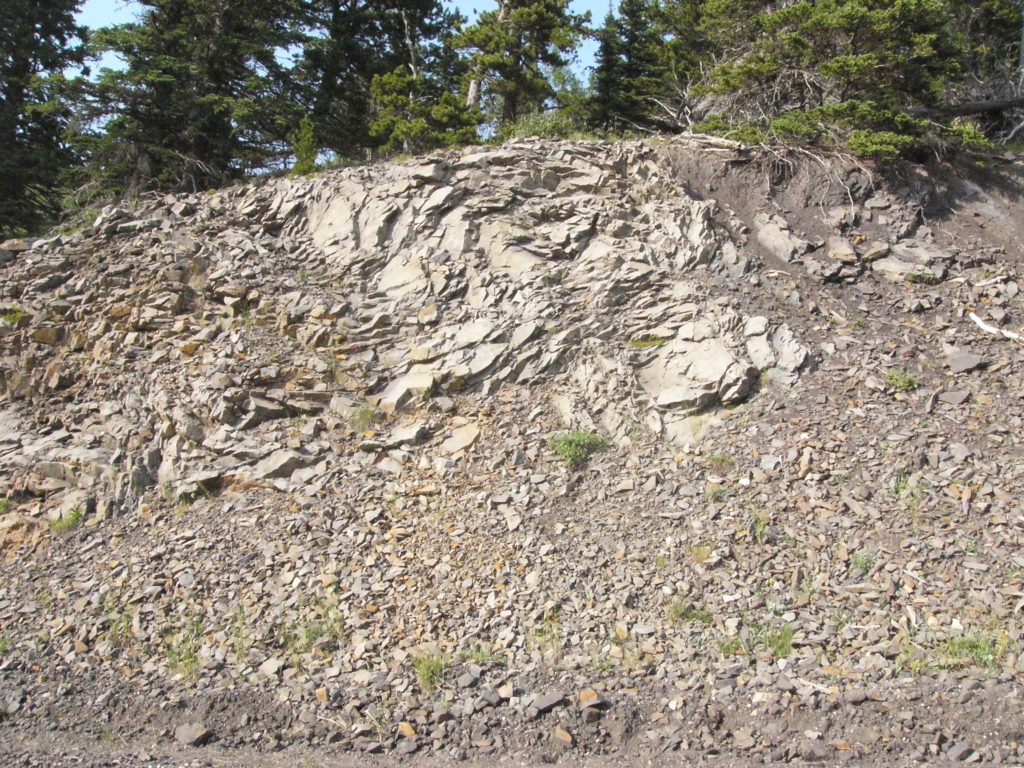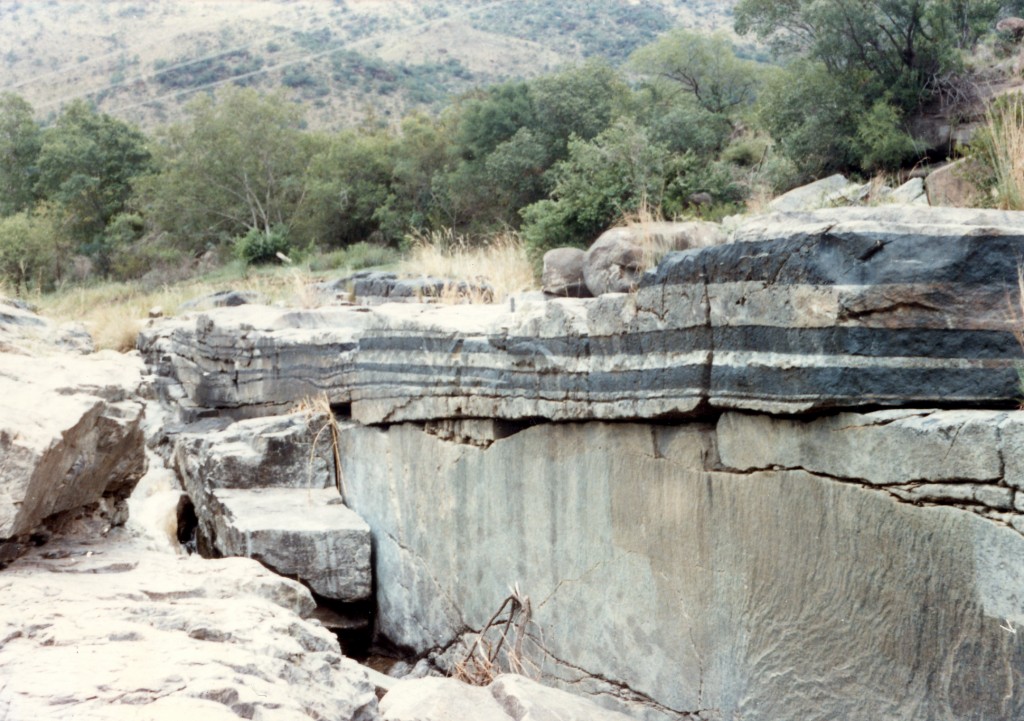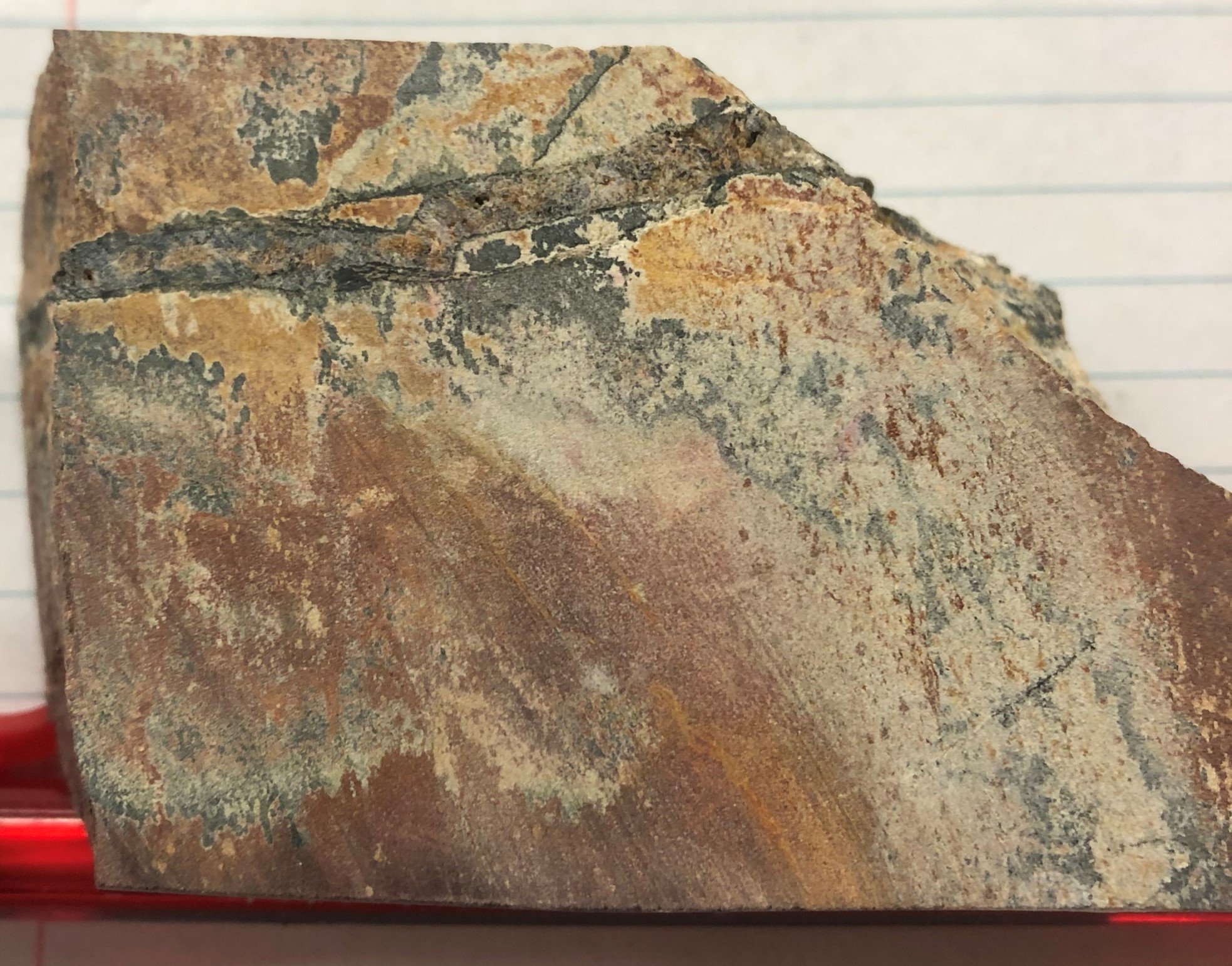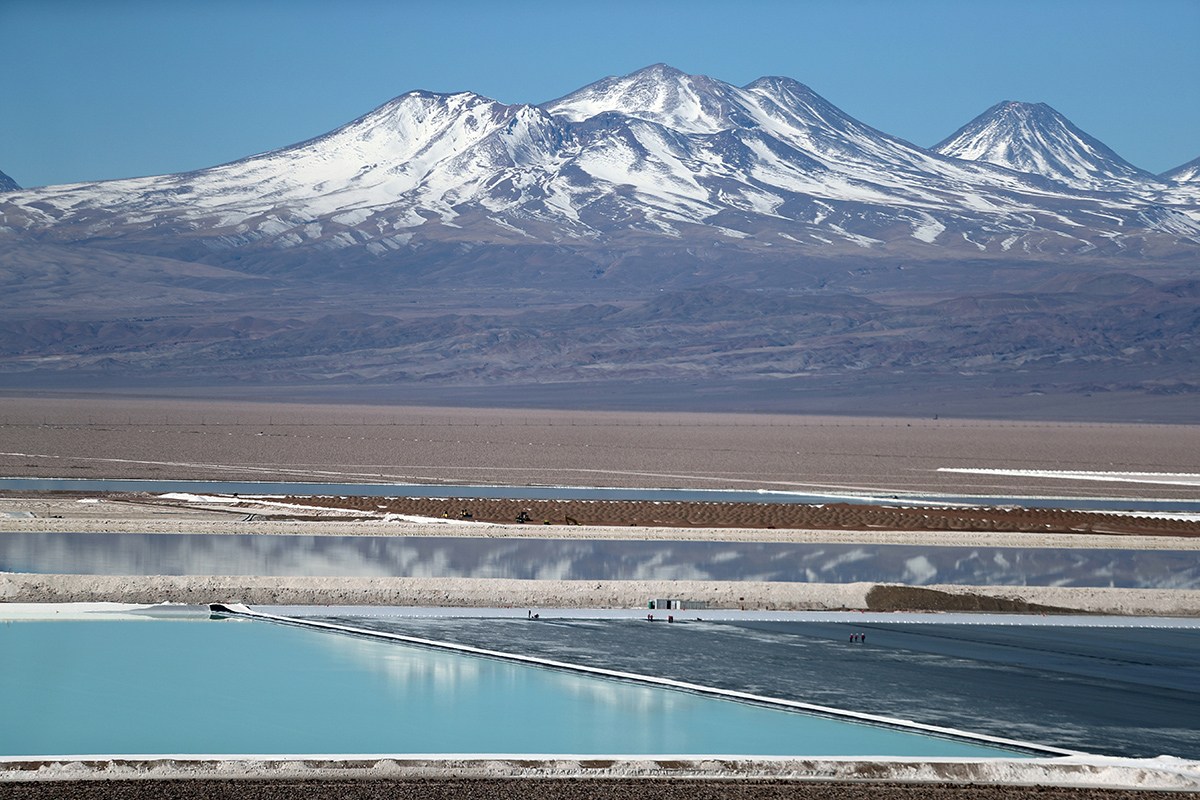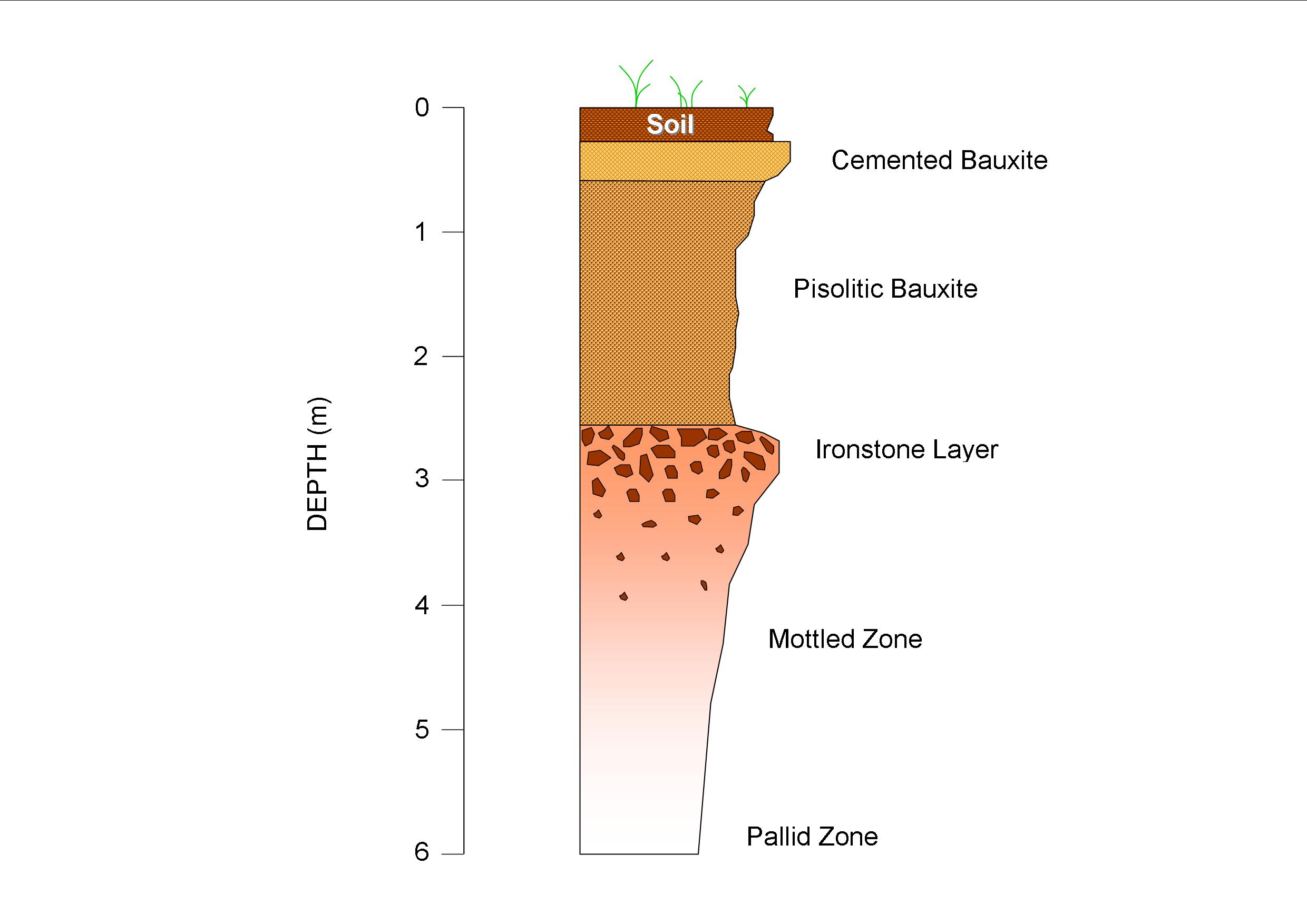Introduction
We often find references to veins, dikes (or dykes) and sills in descriptions of mining projects or in news releases. They may host economic minerals, relate to important project features or may just be mentioned in passing. In this article we’ll introduce these features and discuss their relationship to economic geology.
First, it’s worth noting that the terms vein, dike and sill are sometimes used interchangeably and can appear very similar, but they refer to very different geologic phenomena. Both dikes and sills are forms of magmatic intrusion: Dikes will crosscut existing strata while sills are concordant with existing strata. An easy heuristic is that sills are like window sills, flat lying, while dikes are not. Veins are very different; they are the crystalline product of aqueous solutions and occur in a wide variety of geologic settings and wide variety of temperatures. However, both veins and dikes/sills are found in the same settings, around intrusions and/or adjacent to volcanic structures.
Dikes and Sills
Igneous dikes and sills are extremely common styles of intrusion. They originate at depth and rise up through the crust and strata. They can be huge (kilometers thick) and run for hundreds of kilometers like the chromite and PGM-rich Great Dike of Zimbabwe, or the Whin Sill in Northumberland. They can also be tiny and measured in centimeters. They can be of any igneous composition ranging from deep-sourced high temperature “ultramafic” rocks to lower-temperature silica-rich “felsic” rocks. Their presence is an indicator of some large scale tectonic event in the past, either stretching or compression, which strained the rock allowing magma to flow into it. Additionally, they can indicate past volcanic activity. Dikes and sills can be intimately linked, with dikes being the magmatic source (feeding) sills, or dikes radiating out from sills, as the sill cooks and fractures the host rock. This host rock is colloquially called “country rock”.
In many cases, dikes and sills will display what is called a “chilled margin” closest to the rock that they intruded into. This is the fine grained, quick cooling, edge of the dike or sill. Inwards they are slow cooling and the crystals get larger reflecting that process. Since these intrusions are made up of hard igneous rocks, during times of strain they are often the last to deform. Hence they can form what is called boudins, or the oval shaped remnants of what was a continuous feature.
Sedimentary dikes occur when coarse grained sediment cross-cuts fine grained sediment much like an igneous intrusion, hence the colloquial term “clastic dike”. They form while the sediment is still soft, and rich in water, when the sediment gets shaken by an earthquake or crushed by a glacier. Water reacts to the change in pressure by breaking the hydrostatic seal of the fine grained sediment from the coarse grained sediment, and forming “escape structures” which are then filled with the coarse grained sediment.

Veins
Veins are the crystaline product of deposition from hydrothermal fluids. They can be compositionally extremely variable depending on the source fluid. They can range from millimetre, to kilometre in scale. They form as response to fracturing in the host rock which allows the hydrothermal fluids to enter the host rock and then precipitate. In some cases the rock re-opens and another round of hydrothermal fluids enter the fracture. This process is called “crack-sealing” as the vein seals the fracture in the rock. More commonly as the stresses on the rock change their orientation over time, veins will crosscut and overlie each other. This commonly happens porphyry systems where the pattern veining is so well known the vein sets are referred to as A,B,C,D, and M veins. Veins can cool quickly or slowly, and as is expected the slow cooling forms large crystals. In rare cases there is void space in the vein so that the crystals grow into open spaces and truly spectacular mineralogical specimens form. Like dikes, veins are generally not concordant with the surrounding strata, and similar terms like “swarms” are used in describing quantities of dikes or veins.
Their economic importance cannot be overstated. It would be fair to say that most of the world metals have been mined from one form of vein or another. Prior to the 20th century veins, were the hard-rock source of the worlds metals, aside from minor skarn and VMS production. In mining codes from the 19th century, some of which are still in force, the mineralization is described purely in terms of “the vein” so even a massive banded iron formation or porphyry copper deposit would be treated like a vein legally.
Whereas dykes and sills are forms of igneous rock and do not change compositionally over a temperature range, veins have a very distinct temperature controlled mineralogy and morphology. For example, in a metal-bearing vein system the hotter veins may contain high temperature copper-bearing sulphide minerals like bornite, while less hot veins could contain sulphide minerals like pyrite and chalcopyrite and very cool veins could pyrite or electrum. Likewise the textural characteristics of deep to shallow epithermal veins are very different. As shown below the high temperature band is uniform with little textural characteristics, while the cooler epithermal veins shows great diversity of texture, as each fluid pulse of fluid slowly cooled and filled the void space.
While veins, dykes and sills can be metal-bearing, or part of larger economic systems, they may not have direct economic value. Even so, their placement helps establish timelines of rock formation, indicates formation temperatures and helps identify structural influences on an area. This can help geologists paint a more complete picture of the regional or project-scale geology.
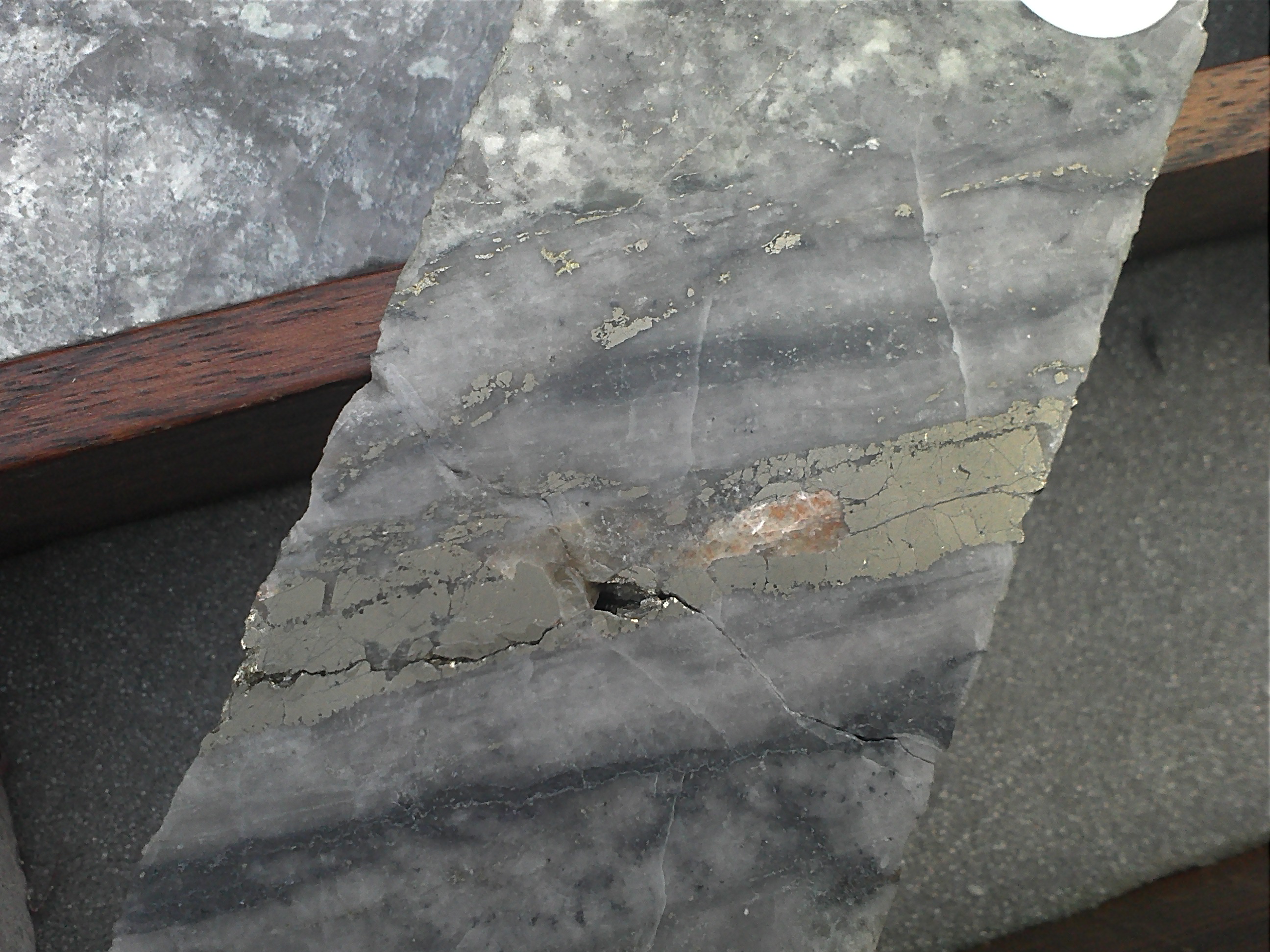
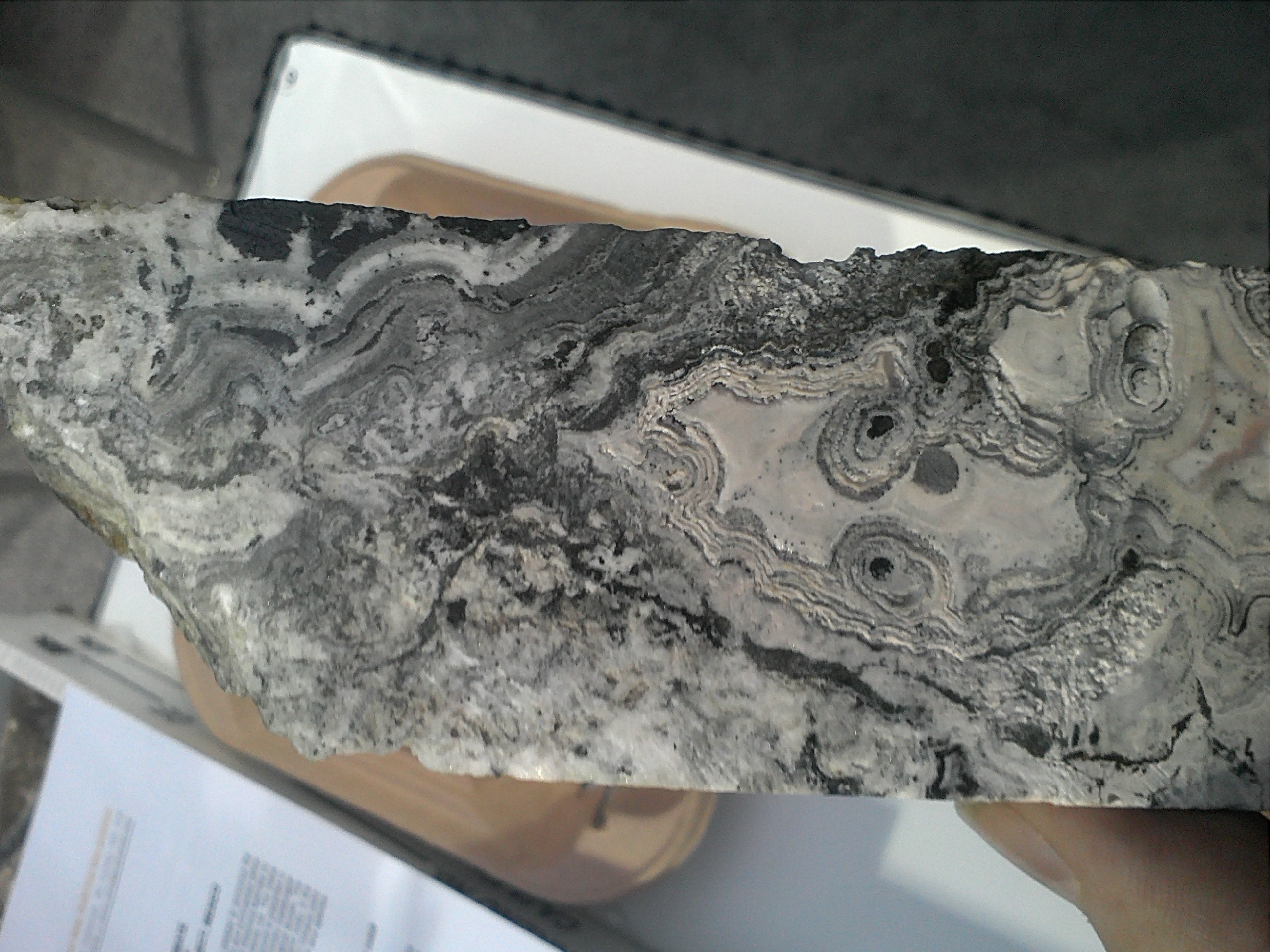
Conclusion
If you’ve been reading our other articles, you already know that larger-scale structural activity and the related movement of metal rich fluids and magma explains the origin or many mineral deposit types. In many cases veins, dikes and sills are the metal-bearing rock that results from this activity. Understanding how and why they form, and how they relate to one another in complex systems is paramount to any exploration program. Even when non-economic, these structures can play a valuable role to geologists by helping us reconstruct geologic history at a regional or project level.

